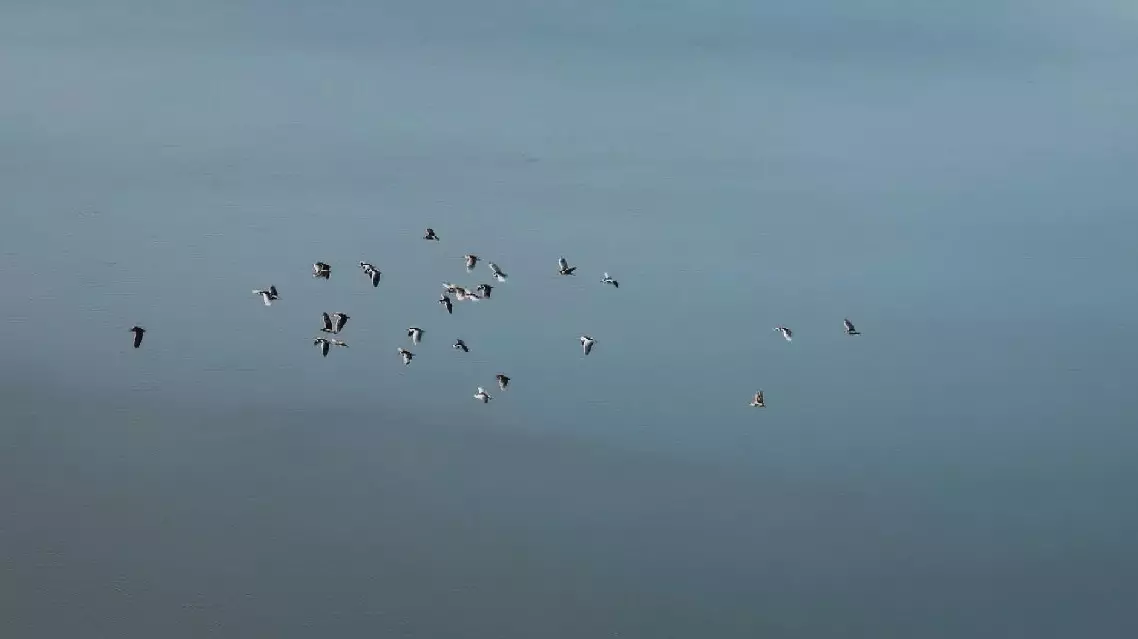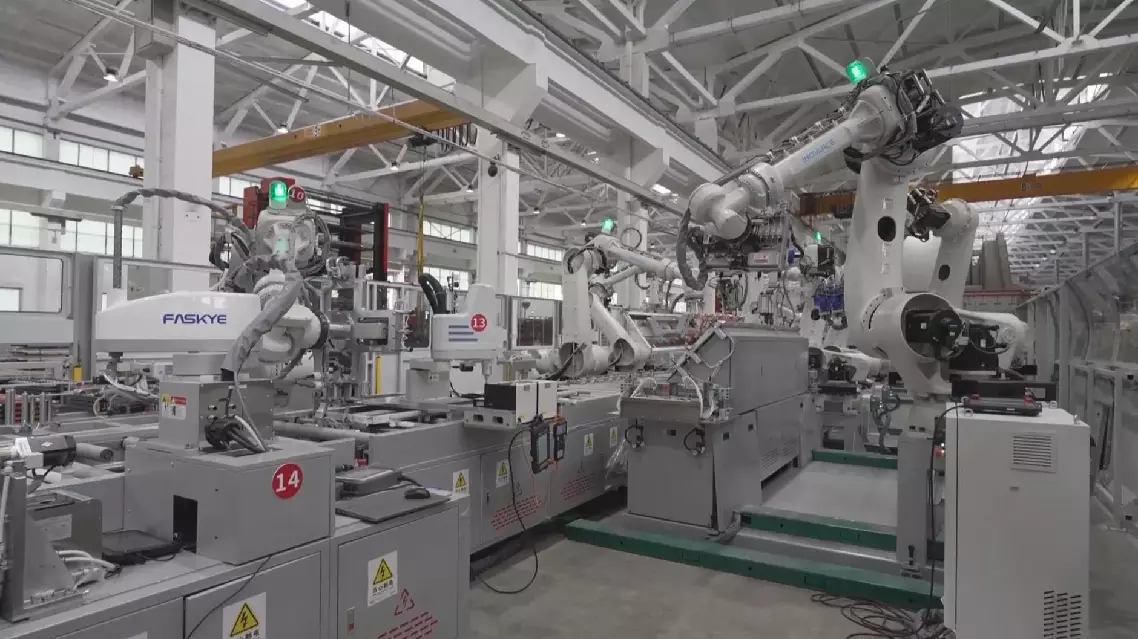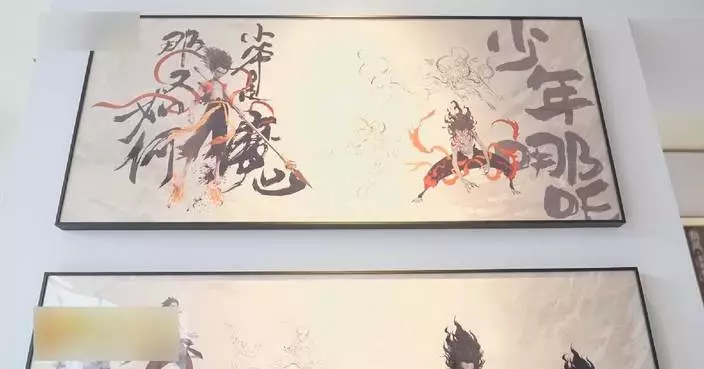Islands in the rivers flowing through Qingdao City of east China's Shandong Province have been transformed into a winter sanctuary for various bird species, thanks to dedicated ecological restoration efforts.
Located at the confluence of the Baisha River, the main waterway of Chengyang District in northern Qingdao, and Jiaozhou Bay, the 11 islands have become a crucial stopover for over 160 species of migratory birds each winter.
Collectively known as "Youth Heron Island," the islands lie along a key migratory route, offering clear waters, lush shores, and abundant food for migratory birds.
Seven years ago, however, the ecological conditions there were unsuitable for birds. In early 2018, the newly established Qingdao Chengyang District Wildlife Conservation Association, in collaboration with local authorities, began restoring the ecosystem, including planting trees on the islands.
"All the saplings had to be transported to the islands by boat, and the planting holes had to be dug by hand with a pickaxe - no machinery was allowed," said Xu Liqiang, secretary general of the association.
The restoration was not without setbacks. At the beginning, inexperienced staff planted fast-growing tree species that were unsuitable for the islands' salty, alkaline soil, resulting in the loss of 600 saplings.
Learning from these mistakes, the team consulted experts and replanted saline-alkali tolerant varieties. Aside from environmental challenges, local resistance, especially from the elderly who were prohibited from clearing land for farming on the islands, added complexity to the project.
"We engaged with local schools to raise awareness through education. We involved students who then influenced their grandparents, helping unite the community around the restoration effort," said Xu.
By 2020, the islands began to flourish - vegetation grew, the water quality improved, and, most importantly, the first migratory birds arrived.
"When we recorded over 30 grey herons wintering on the first restored island, many of us were so moved that we cried. The restoration of all 11 islands was the result of young people working together, which is why we named them 'Youth Heron Islands'," Xu explained.

Islands become haven for migratory birds in Qingdao thanks to ecological restoration

Ecologically transformed islands become haven for migratory birds
The recently-approved action plan for stabilizing foreign investment has attracted a new wave of foreign-funded projects across China.
Formulated to ensure stable foreign investment in 2025, the action plan was approved by a State Council executive meeting last month.
Under the plan, China will support pilot regions in effectively implementing opening-up policies related to such areas as value-added telecommunications, biotechnology and wholly foreign-owned hospitals, providing whole-journey services for foreign-invested projects in these sectors.
In a foreign-funded intelligent manufacturing factory in Suzhou of east China's Jiangsu Province, engineers are making final adjustments to a vehicle-mounted display production line with an annual production capacity of 650,000 units, which is expected to contribute an annual increase in output value of 1.3 billion yuan (about 179.5 million U.S. dollars).
"In addition to the new production line, we will invest an additional 50 million yuan (about 6.9 million U.S. dollars) or so to upgrade the old production line this year, which can also realize automated and digitized production," said Ge Fengchen, general manager of Harman Suzhou branch.
In a smart factory of a foreign-funded elevator production company in Guangzhou City of south China's Guangdong Province, two intelligent production lines have just been put into use.
In addition to the Guangzhou factory, this intelligent production line is also scheduled to be put into use in its factories in Shanghai, Tianjin and Chengdu.
"This production line integrates a central control system, a joint control system, and an automatic positioning system. While using the (digital) twin technology on the management platform and automated inspection of the entire process, the production line is able to predict and prevent possible failures," said Jia Yuhui, president of Hitachi Elevator (China) Co., Ltd.
In January alone, a total of 4,229 foreign-invested enterprises were newly established nationwide with 97.59 billion yuan of paid-in foreign investment, increasing by 27.5 percent from December last year, according to the latest data released by the Ministry of Commerce.
"In recent years, the utilized foreign investment in the park has maintained a high growth, and a number of high-quality projects have been launched. The paid-in foreign investment in the first quarter of this year is expected to reach 1 billion U.S. dollars, maintaining growth momentum," said Liu Hua, vice chairman of the Suzhou Industrial Park Administrative Committee.

China's favorable policy attracts new wave of foreign-funded projects











